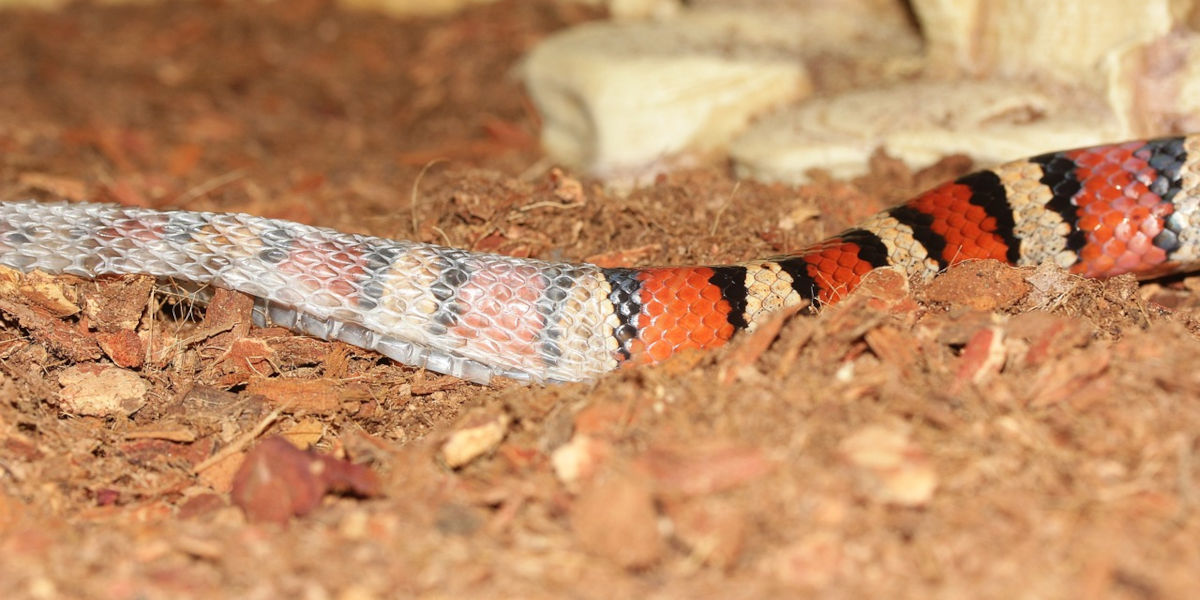In this article, we'll dive into the fascinating world of reptile biology to answer a question that has piqued the interest of herpetologists and laymen alike: why do snakes shed their skin? Understanding this process is crucial, as it provides vital insights into the health, growth and overall well-being of these often misunderstood creatures. So, let's shed some light on this interesting phenomenon.
Introduction to Reptile Biology
The science behind reptiles, and snakes in particular, is intricate and highly specialized. Reptiles are a group of cold-blooded vertebrates that have scales or scutes covering their bodies instead of hair or feathers. This unique feature places snakes distinctly separate from other groups of animals, and it is this very same characteristic—those intriguing scales—that factually necessitates the skin shedding procedure that snakes undergo, also known as ecdysis.
Contrary to sporting fur or feathers, the scales of a snake do not grow individually. Instead, the entire skin layer grows as a whole. Hence, unlike many other creatures whose skin cells are continuously replaced, the scales of a snake do so in one systematic, cyclical process, resulting in the snake periodically shedding its entire layer of old skin. But why exactly is this? Why do snakes shed their skin? Let's find out.
The Science of Snake Shedding: Why Do Snakes Shed Their Skin?
Shedding skin is a crucial aspect of a snake's growth and survival. The basic purposes of the process span from allowing growth to occur as the snake outgrows its old skin, to eliminating parasites that may have lodged on its external layer. The skin shedding process is considered a barometer of a snake's health and nutritional status - if a snake does not shed its skin properly, or "dysfunctions" in its shedding, this could indicate a deeper health issue. The shedding of skin also serves to renew the snake's sensory perception as the worn-out outer layer is replaced.
The shedding of skin is a normal and healthy part of a snake's life cycle, the process of which is called 'ecdysis'. It symbolizes growth and renewal – not just the physical form, but also the eye lenses, which get replaced in the process.
Before starting the shedding process, snakes often exhibit several pre-molt symptoms, depending on the species. The snake's skin starts to dull and its eyes can take on a bluish tint due to fluid buildup underneath the old skin, which is often referred to as "going blue". This can last for several days and during this time, the snake's vision is impaired which makes them feel quite vulnerable. As a result, many snakes will hide during this period and engage less with their surroundings.
Following the pre-shedding phase, snakes will begin to shed their old skin, starting from the head. They will rub their head against rough surfaces to create a tear in the old skin so they can crawl out of it. Snakes then journey forward, essentially 'crawling out' of their old shells in a beautiful display of renewal, nature's unique illustration of resilience.
Why is Shedding Essential for Snakes?
Unlike humans, snakes cannot grow into their skin. Thus, their skin must be shed completely several times a year in order to accommodate the growing body within. The frequency of their shedding depends on several factors - chiefly their age, diet, and environmental conditions. Younger snakes shed more often due to their rapid growth, while adult snakes typically shed less frequently.
Moreover, shedding is not just about growth. It also allows snakes to repair any damaged or infected skin, heal any injuries, and get rid of parasites that may be attached to their old skin. It's nature's efficient way of keeping them healthy and in prime condition.
Problems and Solutions
Shedding, while crucial, is not always smooth sailing for snakes. They can encounter issues such as 'retained shed' where some old skin doesn't come off properly. This can cause health problems, like skin infections or injuries, if not dealt with promptly. In such cases, snake owners can assist their pets by providing a humid environment that helps to loosen the retained skin, or gently rubbing it off using a soft cloth or a shedding aid solution.
In Summary
Snakes shedding their skin is significantly more than an aesthetic process. This cycle of growth and renewal benefits the snake in several ways - from physical growth, ensuring clear vision, to warding off parasites and ensuring infection-free skin. It acts as a health barometer indicating their overall health status. Therefore, understanding this process is an integral part of snake ownership and wildlife conservation efforts.
Whether they ignite fear or awe, snakes undeniably hold a certain mystique in the animal kingdom. The shedding of their skin only adds to this, providing a window into their unique life cycle and broadening our understanding of these sensational serpents.




